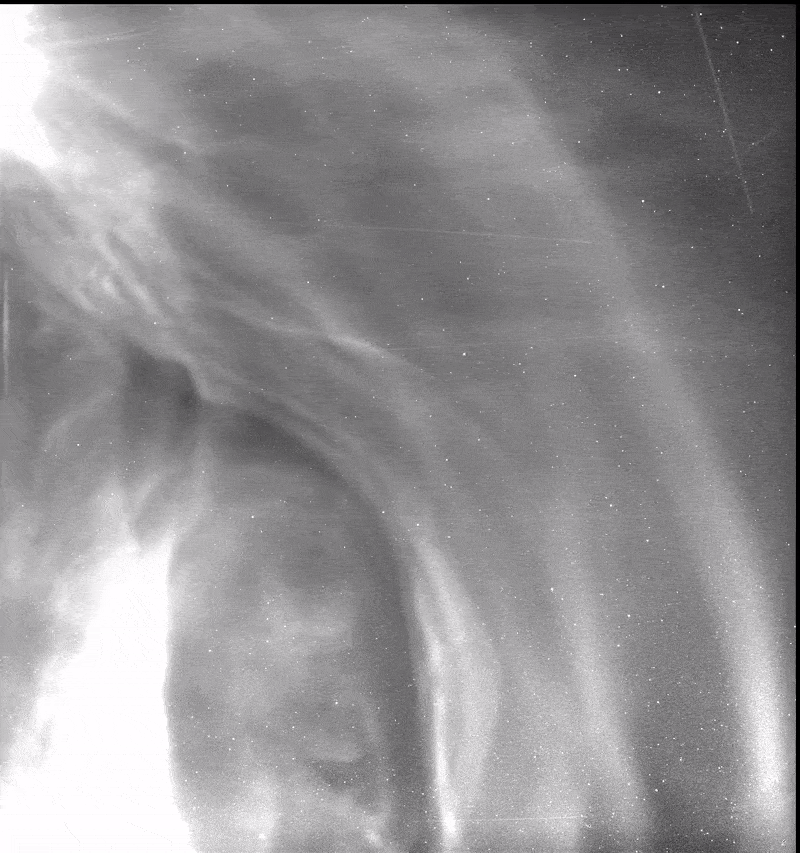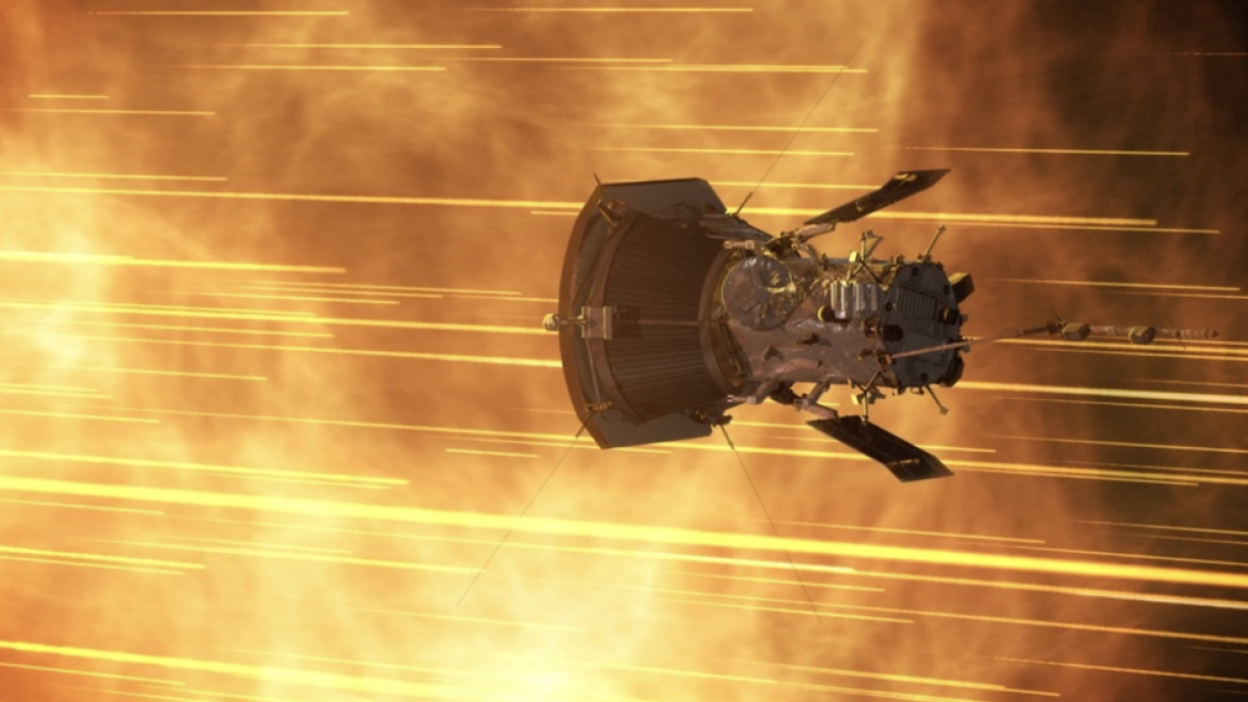NASA’s Parker Solar Probe, designed to study our Sun up close, has provided compelling evidence of a phenomenon theorized two decades ago. On September 5, 2022, the probe ventured through one of the most intense Coronal Mass Ejections (CMEs) ever observed, shedding light on the intricate relationship between CMEs and interplanetary dust, tiny mineral grains in the nano and micrometer size range. This discovery, published in The Astrophysical Journal, holds significant implications for space weather prediction.
The solar vacuum cleaner
The story begins in 2003 when scientists proposed a groundbreaking idea: that CMEs, massive eruptions of energy from the Sun’s outer corona, might not just be solitary events. Instead, they hypothesized that these solar storms could interact with the cloud of interplanetary dust particles scattered throughout our solar system, potentially pushing this dust out into space.
“These interactions between CMEs and dust were theorized two decades ago, but had not been observed until Parker Solar Probe viewed a CME act like a vacuum cleaner, clearing the dust out of its path,” said Guillermo Stenborg, an astrophysicist at the Johns Hopkins Applied Physics Laboratory (APL) in Laurel, Maryland, and lead author on the paper. APL built and operates the spacecraft.
The Parker Solar Probe’s journey through the CME provided the first direct observation of this phenomenon. As it traversed the CME, the probe recorded dust as it was displaced to a distance of approximately six million miles from the Sun, about one-sixth of the Sun’s distance to Mercury. Intriguingly, interplanetary dust particles floating through the solar system rapidly refilled this evacuated space.

So, why is this discovery so significant? CMEs are not just solar fireworks; they play a crucial role in space weather, and their effects can extend to Earth. These solar storms can disrupt satellites, disrupt communication and navigation systems, and even damage power grids. Understanding how CMEs interact with interplanetary dust can help scientists predict when these solar storms might reach Earth and what kind of impact they could have.
The observations might also hold clues about other solar phenomena, such as coronal dimming, lower-density regions in a star’s corona that occur after those areas are depleted of plasma following a CME.
The spacecraft detected this interaction by measuring a decrease in brightness in its images. Interplanetary dust particles reflect sunlight, enhancing brightness in areas where they are present. As the CME cleared the path of dust, the areas devoid of dust particles appeared darker in the images. To ensure the reliability of this discovery, scientists meticulously compared images from multiple orbits, accounting for variations in brightness caused by factors such as shifts in the Sun’s atmosphere.
“Parker has orbited the Sun four times at the same distance, allowing us to compare data from one pass to the next very well,” Stenborg said. “By removing brightness variations due to coronal shifts and other phenomena, we were able to isolate the variations caused by dust depletion.”
Currently, scientists speculate that the dust depletion phenomenon may be most pronounced during maximumly-powerful CMEs. However, further research is required to understand the physics governing these interactions comprehensively.
The Parker Solar Probe is approaching the Sun at a crucial time in the Sun’s 11-year cycle, known as solar maximum, as it continues its mission. During this phase, sunspots and CMEs are most common and intense. Rare phenomena like these are expected to provide scientists with more opportunities to study and learn more about their impacts on Earth and the interstellar medium.




